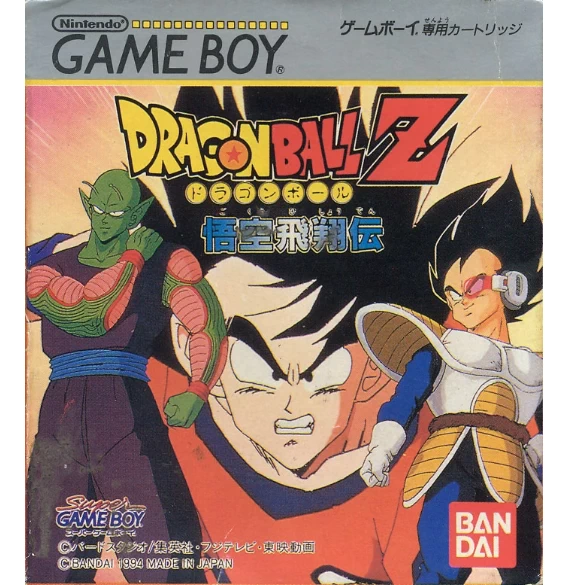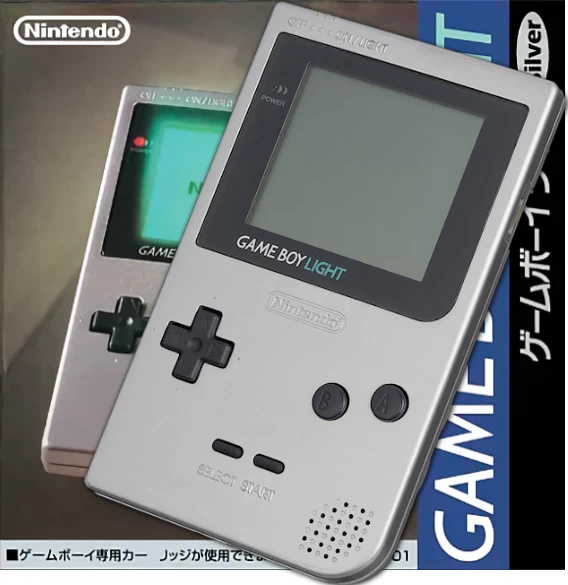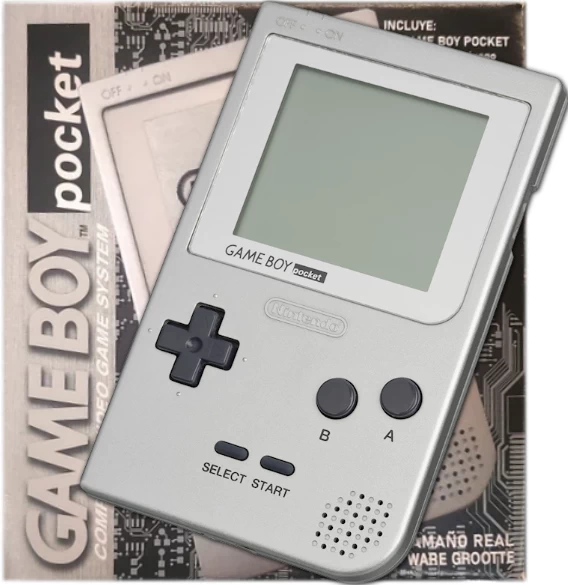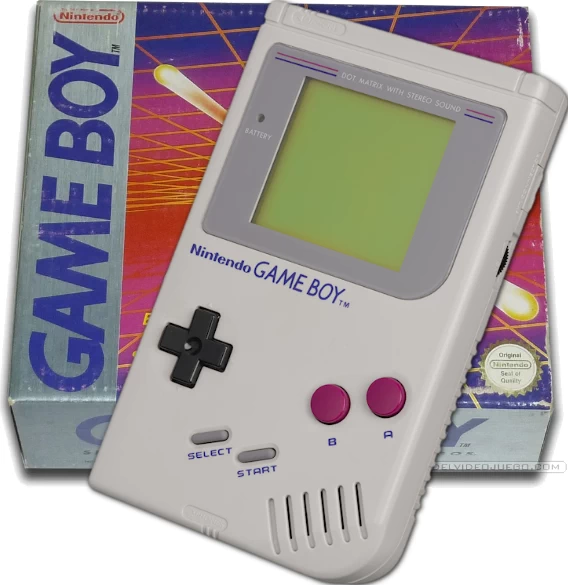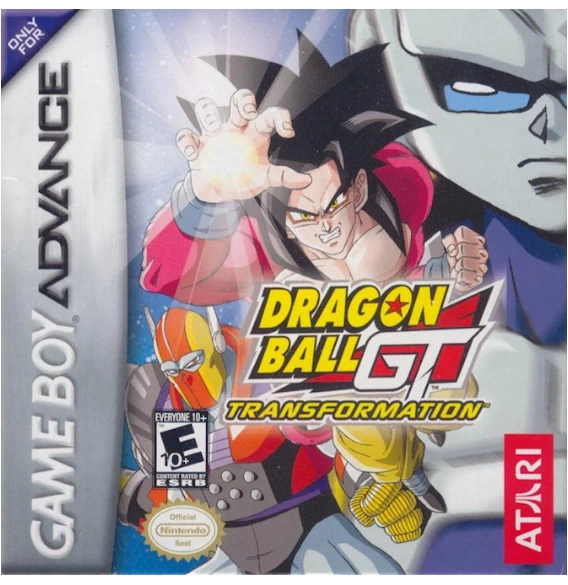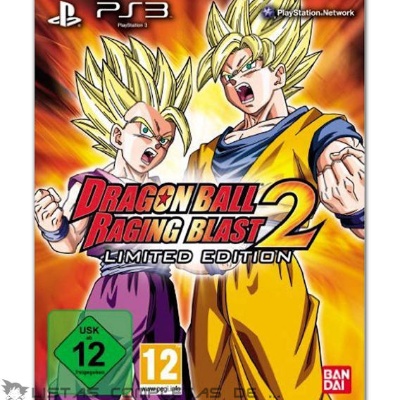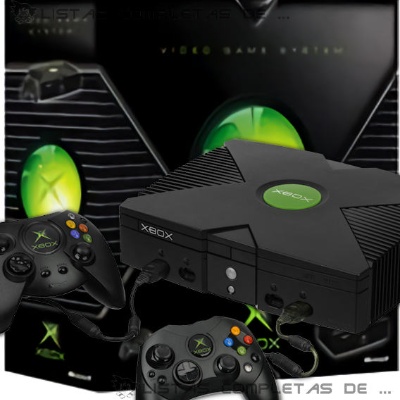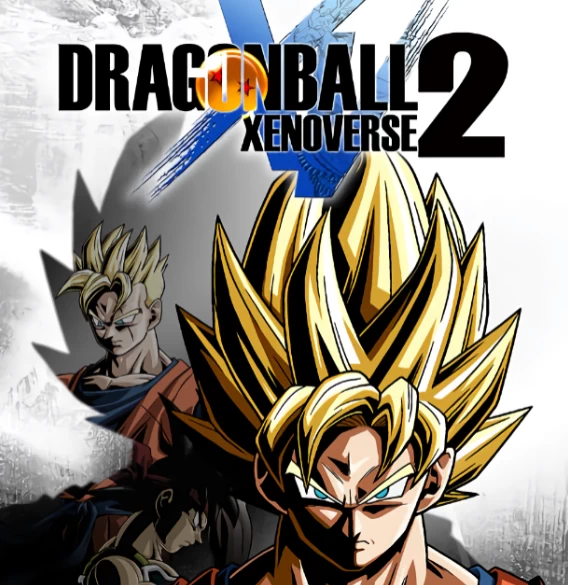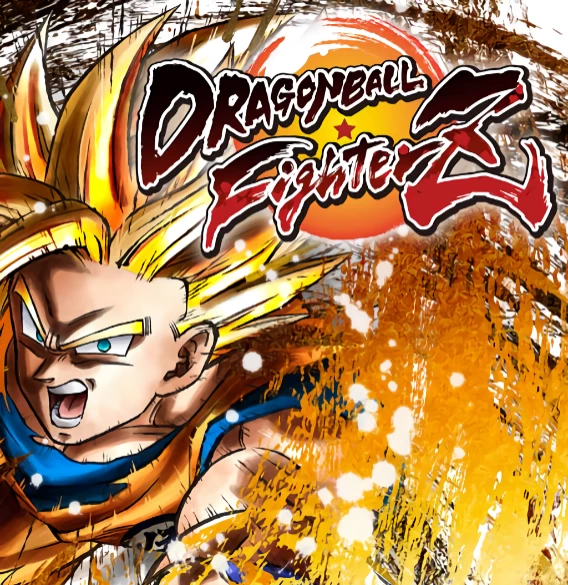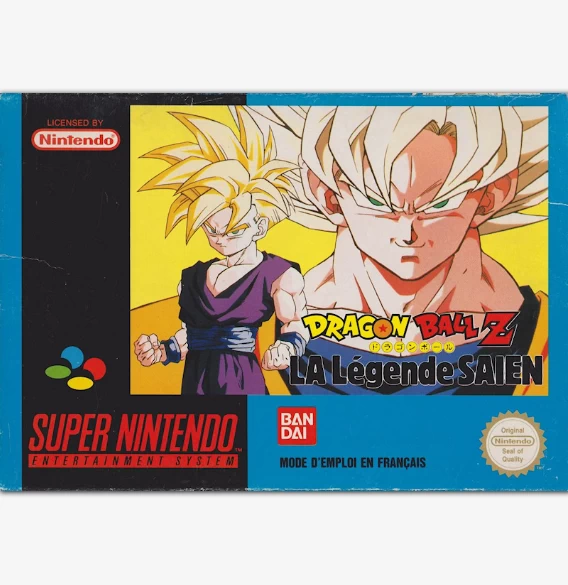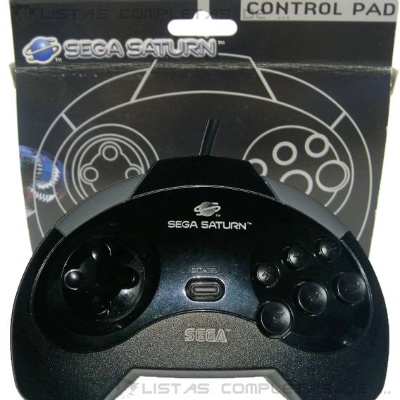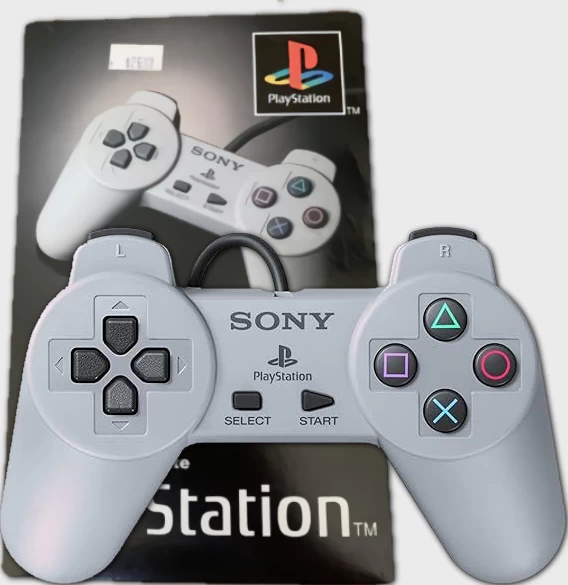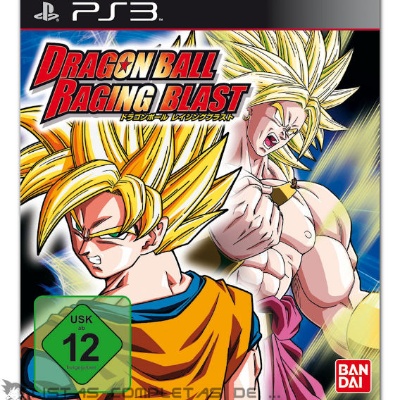All Dragon Ball Video Games for the Original Game Boy
The original Game Boy and Dragon Ball Z, two unique games for a one-of-a-kind console.
Two games were released to be played on the most famous handheld console in history. Here are those two DBZ games.
The Original Game Boy became popular with games like Pokémon and Tetris, but Dragon Ball also made its way to this handheld console. Today, both the console and these cartridge games are iconic collectibles, and here we bring you all the DBZ titles and the various versions of this retro console.
The only two DBZ games released exclusively for the original Game Boy.
Here is the complete list of the two DBZ games released for the original Game Boy. Two RPGs, with one being a continuation of the other, narrating the events of the Saiyan and Namek Sagas.
-
Dragon Ball Z: Goku Gekitōden
Video gamePlatform(s):Classic Game BoyGenre:RPGRegion(s):JPNLanguage(s):JapaneseDeveloper(s):BandaiYear:1995More InformationDragon Ball Z: Goku Gekitōden
DBZ: Goku Gekitōden starts immediately after the battle between Son Goku and Vegeta on Earth and ends with Son Goku's final fight against Frieza on Namek. It is the sequel to Dragon Ball Z: Goku Hishōden.
-
Dragon Ball Z: Goku Hishōden
Video gamePlatform(s):Classic Game BoyGenre:RPGRegion(s):JPNLanguage(s):JapaneseDeveloper(s):BandaiYear:1994More InformationDragon Ball Z: Goku Hishōden
DBZ: Goku Hishōden begins at the end of Dragon Ball, featuring the battle between Goku and Piccolo at the 23rd World Martial Arts Tournament, and concludes with the fight against Vegeta during the Saiyan Saga in Dragon Ball Z.
The different versions of the Classic Game Boy
Here are the three different versions that were released with the Classic Game Boy technology. A minimum requirement to play these DBZ games.
Game Boy Light
Game Boy Light
The Game Boy Light is an upgraded version of the Game Boy Pocket, featuring a backlit screen for playing in the dark. Released only in Japan, it's perfect for collectors and retro gaming enthusiasts.
Game Boy Pocket
Game Boy Pocket
The Game Boy Pocket is a compact, lightweight version of Nintendo’s classic handheld console. It features improved graphics, a sharper screen, and long-lasting battery life—perfect for enjoying retro games anywhere.
Game Boy
Game Boy
The original Game Boy, released by Nintendo in 1989, is a legendary handheld console that revolutionized the gaming world. Featuring a monochrome screen, classic controls, and iconic games like Tetris and Pokémon, it remains a cult object for collectors.
More complete lists of Dragon Ball games and video games.
We also have more complete lists of Dragon Ball games and video games cataloged by their gaming platform, including Board Games, PlayStation, Nintendo NES, etc.
Here are some of the Dragon Ball games and video games we have for you:
Discover some of the Dragon Ball games, video games, consoles, and collectible accessories. From the iconic NES and GameBoy to the latest PC, PS5, and X-BOX titles, as well as the timeless board games.
Dragon Ball GT: Transformation
Dragon Ball GT: Transformation
Dragon Ball GT: Transformation is the only game based on DBGT for this console. It’s an action and fighting game with a multiplayer mode via the Link Cable. Its story mode focuses on the Baby saga.
Dragon Ball: Raging Blast 2 (Limited Edition)
Dragon Ball: Raging Blast 2 (Limited Edition)
Dragon Ball Z: Raging Blast 2 Limited Edition is a special edition release that, in addition to the game, included a diorama of Gohan VS Cell based on the game and early access to extra in-game content.
Xbox 360 Pro
Xbox 360 Pro
The Xbox 360 was Microsoft’s second console, and this is its second model, the ‘Pro’, released in late 2005.
Description: It included a 20 GB hard drive, AV or component cables, a wireless controller, and headphones for Xbox Live.
Differences compared to the Core: Added storage, chat headphones, and a wireless controller as standard.
Xbox
Xbox
The original Xbox was Microsoft’s first console, released in 2001. Unlike other consoles of its generation, such as the PS2 or GameCube, it had more powerful hardware, closer to a PC, allowing for better graphics and performance.
For Dragon Ball fans, although only Dragon Ball Z: Sagas was released, the 3D differences were noticeable: battles and environments appeared more fluid and loaded faster. Additionally, its robust design and Xbox Live compatibility made it special for enjoying online gaming and exploring the Dragon Ball worlds like never before.
Dragon Ball Xenoverse 2
Dragon Ball Xenoverse 2
Dragon Ball Xenoverse 2 was released a little over a year after its predecessor, Xenoverse 1. Its story is set two years after the events of the previous game. In this installment, we take on the role of a Time Patroller, tasked with traveling through key moments in Dragon Ball history to fix distortions in the timeline.
It is a fighting game with multiplayer and competitive modes. The player must level up, learn techniques from Dragon Ball heroes, and customize their own character, even choosing their race.
The game was released on multiple platforms: PS4, Xbox One, Nintendo Switch, Stadia, Xbox Series X/S, and PS5.
It features numerous DLCs that expand the story, including content from Dragon Ball Super and Dragon Ball Daima.
Dragon Ball FighterZ
Dragon Ball FighterZ
Dragon Ball FighterZ brings back the classic arcade fighting genre in 2.5D, with graphics and illustrations worthy of the era. It’s a highly competitive fighting game where we can find almost all the characters from DB Super and DBZ, among others.
Its story mode introduces Android 21, the wife of Dr. Gero, who has created clones of the Z Fighters. We must progress through the story mode until we defeat her. However, the game’s main strength is PVP, which allows for amazing fights and combos.
Over time, it has received several Season Packs and DLCs that expand the character roster and add more content.
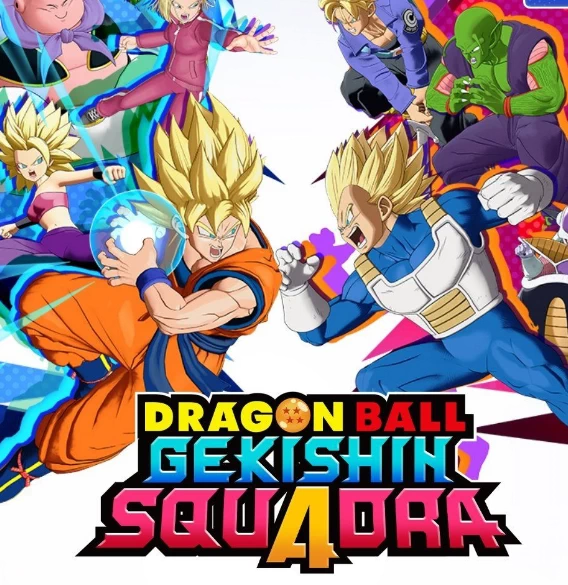
Dragon Ball: Gekishin Squadra
Dragon Ball: Gekishin Squadra
Dragon Ball: Gekishin Squadra is the first game in the MOBA genre (like League of Legends), where we engage in 4 vs 4 battles, either against the AI or another team. For now, it features three game modes. Additionally, this game is also playable on PS4, PS5, PC, and Smartphone's (Android/iOs).
Dragon Ball Z: The Legacy of Goku II
Dragon Ball Z: The Legacy of Goku II
Dragon Ball Z: Super Butōden 2
Dragon Ball Z: Super Butōden 2
Dragon Ball Z: Super Butōden 2 is the third Dragon Ball Z game released for the Super Nintendo and Super Famicom, and it is also the second fighting game for this console, released in late 1993.
It is the direct sequel to Super Butōden 1, so it remains a 2D fighting game with the same feature: when two opponents move far apart, the screen splits in two to simulate a huge stage. In this game, players can fight with up to 11 characters, using melee combos, ki attacks, and flying.
Its story mode covers the Cell Games tournament, the DBZ Bojack movie, and includes alternate “what if” stories, which later inspired the popularity of Tenkaichi Budokai on PS2.
Among the playable characters are Goku, Bojack, Piccolo, Gohan, Frieza, Cell, and with cheats, players can use Cell Jr. and Vegetto.
Dragon Ball: Raging Blast
Dragon Ball: Raging Blast
Dragon Ball Z: Raging Blast is the second DBZ game released for the PS3, launched at the end of 2009, and was also released for Xbox 360.
This is a 3D fighting game, very similar to the Budokai Tenkaichi or Sparking! series from the PS2, but with much better graphics and similar gameplay.
Its story covers everything from the Saiyan Saga to the Majin Buu Saga, encompassing all of DBZ, and also brings back the “What If…” mode, allowing players to explore alternate storylines.
The game features both local and online multiplayer modes, for battles with friends or players online.
It includes a total of 45 playable characters, including Goku, Piccolo, Trunks, Cell, Broly, Boo, and more.


